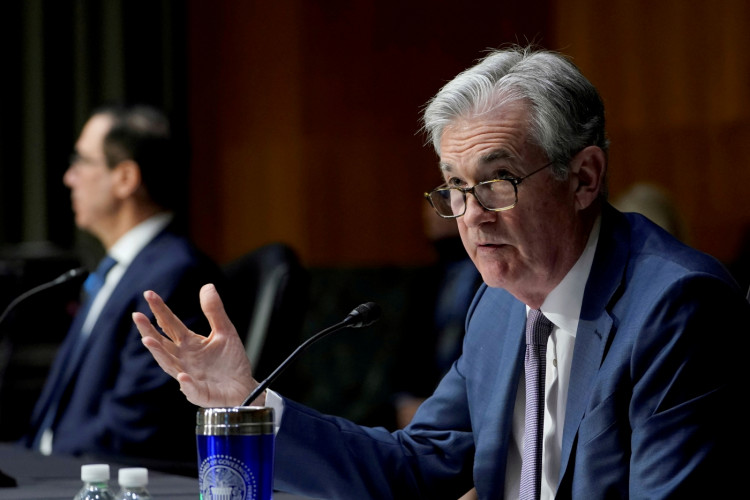Stubborn inflation persists as U.S. core PCE for March comes in line with expectations, indicating that the issue is not easing.
On April 28, the U.S. Department of Commerce released new data showing that the U.S. Personal Consumption Expenditures (PCE) Price Index for March increased by 4.2% year-over-year, higher than the expected 4.1% and lower than the previous 5.0%; it rose by 0.1% month-over-month, in line with expectations.
The Federal Reserve's preferred inflation indicator-the core PCE Price Index, which excludes food and energy-rose by 4.6% year-over-year, meeting expectations, while the previous value was revised up to 4.7%. Month-over-month, it increased by 0.3%, also in line with both previous and expected values.
At the same time, the cyclical core PCE inflation, which tracks inflationary pressure related to the current economic cycle, reached its highest level since 1985.
However, the Employment Cost Index for Q1 rose by 1.2% compared to the same period last year, exceeding expectations.
Persistent price increases and rising labor costs strengthen expectations that the Federal Reserve will raise the benchmark interest rate by 25 basis points at next week's meeting. Although annual inflation has peaked, the path back to the 2% target is not smooth.
Following the data release, the U.S. dollar index fell about 15 points to 101.97.
Short-term U.S. interest rate futures fell slightly, reflecting a roughly 90% probability of a 25 basis point rate hike in May. The current target range is 4.75%-5.00%.
Consumer Spending Growth Slows As U.S. GDP for Q1 falls short of expectations and inflation remains stubborn, consumer spending has started to slow down.
Personal consumption expenditures grew 6% year-over-year, the slowest pace since February 2021.
Month-over-month, U.S. personal spending growth remained flat at 0%, while personal income increased by 0.3%, slightly higher than the expected 0.2%.
With income rising slightly but consumption stagnant, this indicates that American households are becoming more cautious and cutting back on nonessential purchases.
Although a strong job market, sustained wage growth, and excess savings have provided support for consumers amid rising prices, the data suggests that growth momentum is waning.
As a result, the U.S. savings rate in March rose to 5.1%, its highest level since January 2022.






